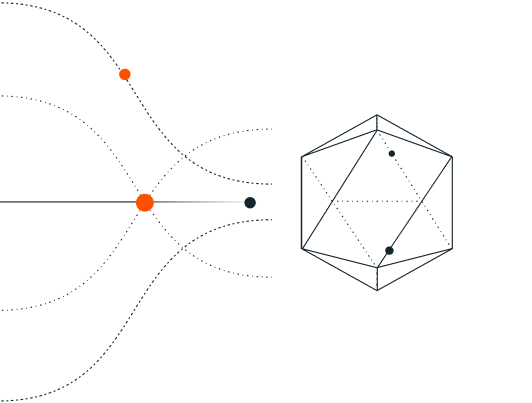Cox Automotive Transforms Vehicle Data Services Through API Orchestration with Apollo
Read story

Mark Meiller
Principal Engineer of Data Services at Cox Automotive
Chandima Jayawickrema
Associate Director of Architecture at Sysco

Juan Carlos
Senior Software Engineer at RS Group
Max Grollmann
CTO & Co-Founder at JUCR
Eldar Tinjić
Engineering Manager at AlphaSense
Marcelo Nalon
Staff Engineer at Globoplay

Matt Sexton
Solutions Architect at Booking.com






Get started for free. Choose a plan that’s right for your your team, from essential GraphQL libraries and management tools to advanced features and production support.

The Apollo team is here to answer your questions so you can get to market fast and keep your graph protected.


Become an Apollo insider and get first access to new features, best practices, and community events. Oh, and no junk mail. Ever.